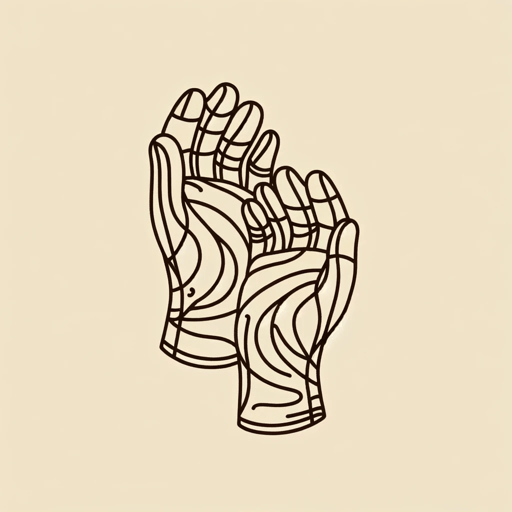35 pages • 1 hour read
Gary SotoTaking Sides
Fiction | Novel | Middle Grade | Published in 1991A modern alternative to SparkNotes and CliffsNotes, SuperSummary offers high-quality Study Guides with detailed chapter summaries and analysis of major themes, characters, and more.
Background
Cultural Context: Basketball and Socioeconomics
Basketball holds a unique place in American culture. The game is purely American, invented by a man named James Naismith in 1891 after his boss told him to come up with a game that could be played indoors during winter. Naismith was a physical education teacher, and his students needed some kind of organized team sport to help them stay in shape and develop their sportsmanship skills during the offseasons of prominent outdoor sports like baseball and football. It is widely theorized that the game became so popular because it required very little equipment and employed straightforward rules that even novices could learn quickly.
Basketball’s inexpensive nature and relatively small court size are relevant to Taking Sides, as they make the game accessible across socioeconomic brackets. Public parks commonly feature full courts, even in underserved rural areas or inner cities, and the game can also be modified to play in a driveway. The game’s accessibility means that even children from underprivileged backgrounds can excel at the sport, and because both college and professional teams seek strong players and coaches, basketball carries with it the hope of social mobility for many poor and working-class Americans—particularly people of color.
Basketball’s accessibility also means that teams from quite different strata might play each other over the course of a season, as Columbus and Franklin do in Taking Sides.
Related Titles
By Gary Soto








